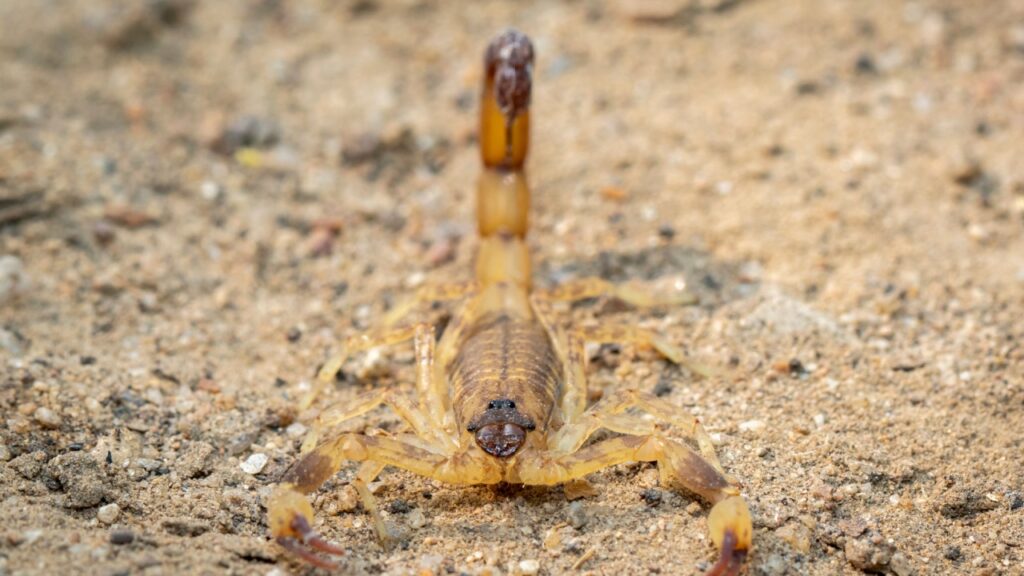The deathstalker scorpion is one of the most dangerous arachnids on Earth. Its potent venom and intimidating appearance have captured the imagination of many, but there’s more to this creature than meets the eye. Let’s explore some fascinating and alarming facts about the deathstalker scorpion and its infamous sting.
A Name That Fits
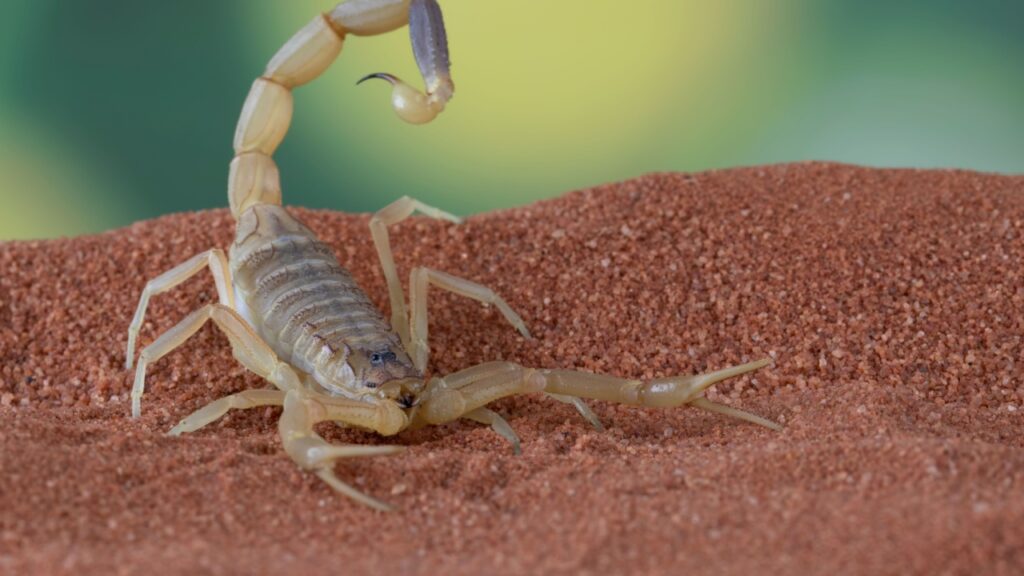
The deathstalker scorpion’s name is no exaggeration. This small but deadly creature, scientifically known as Leiurus quinquestriatus, is one of the most dangerous species of scorpions. Its venom is a powerful cocktail of neurotoxins that can cause severe pain, paralysis, and in some cases, death. The name serves as a stark warning to those who might encounter this formidable arachnid in its natural habitat.
Size Doesn’t Matter
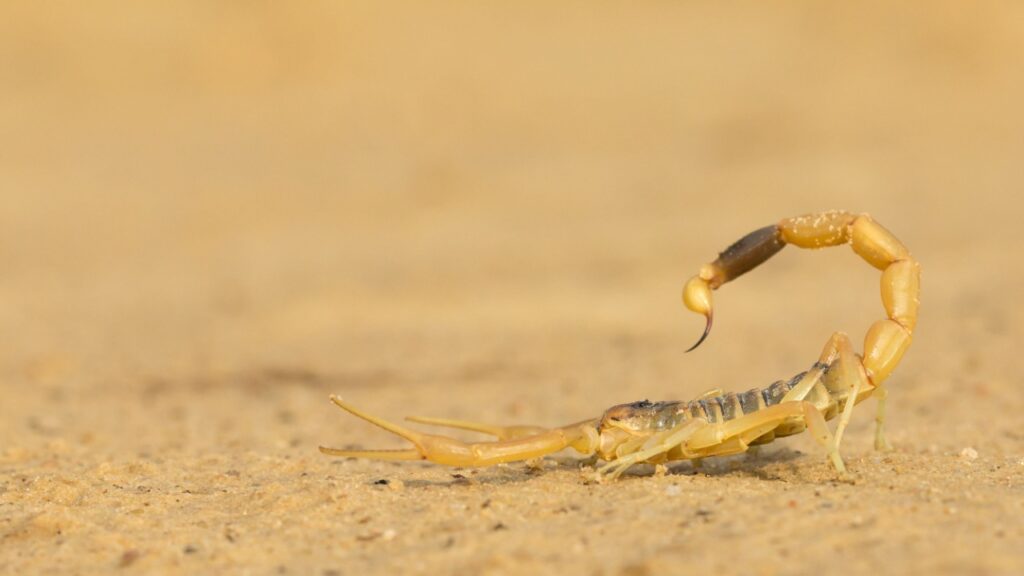
Don’t let its small size fool you. The deathstalker scorpion typically measures between 30 and 77 millimeters in length, making it relatively small compared to some other scorpion species. However, its potent venom more than makes up for its lack of size. This scorpion proves that sometimes the most dangerous things come in small packages.
A Painful Encounter
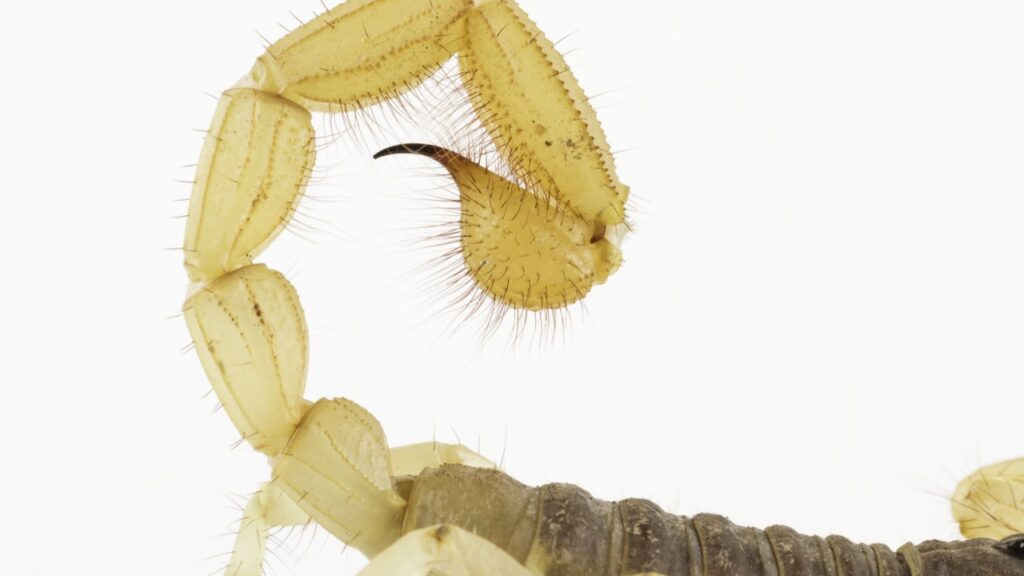
The sting of a deathstalker scorpion is extremely painful, often described as the most agonizing of all scorpion stings. Victims report intense, burning pain that can last for several days. The pain is so severe that some people have compared it to being shot. This extreme discomfort is often accompanied by other symptoms like sweating, nausea, and difficulty breathing.
Venom Potency
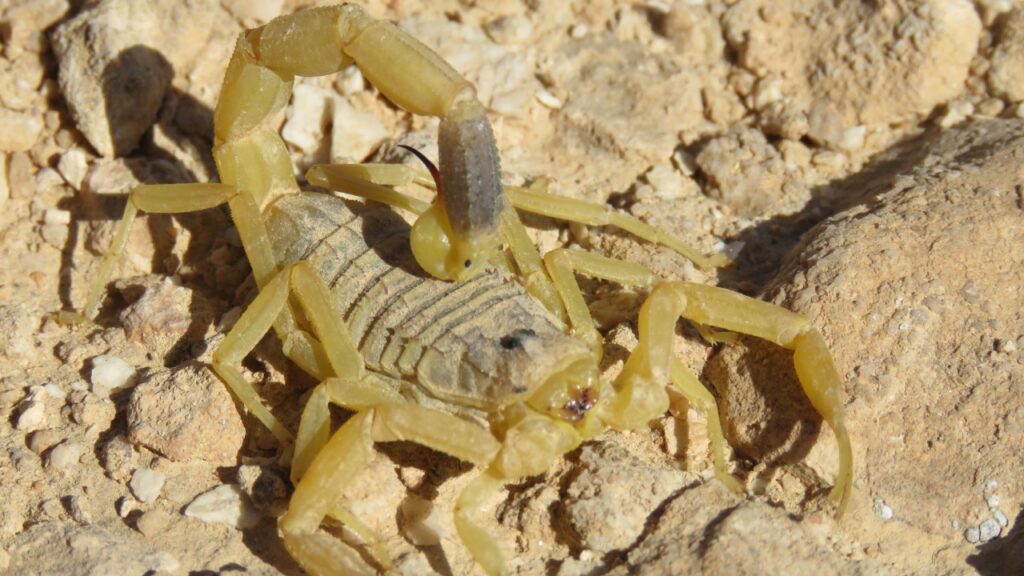
The deathstalker’s venom is a complex mixture of neurotoxins, cardiotoxins, and nephrotoxins. These toxins can affect the nervous system, heart, and kidneys. The venom’s potency is due to its ability to interfere with ion channels in nerve cells, disrupting normal nerve function. This interference can lead to a range of severe symptoms and, in some cases, organ failure.
Not Always Lethal
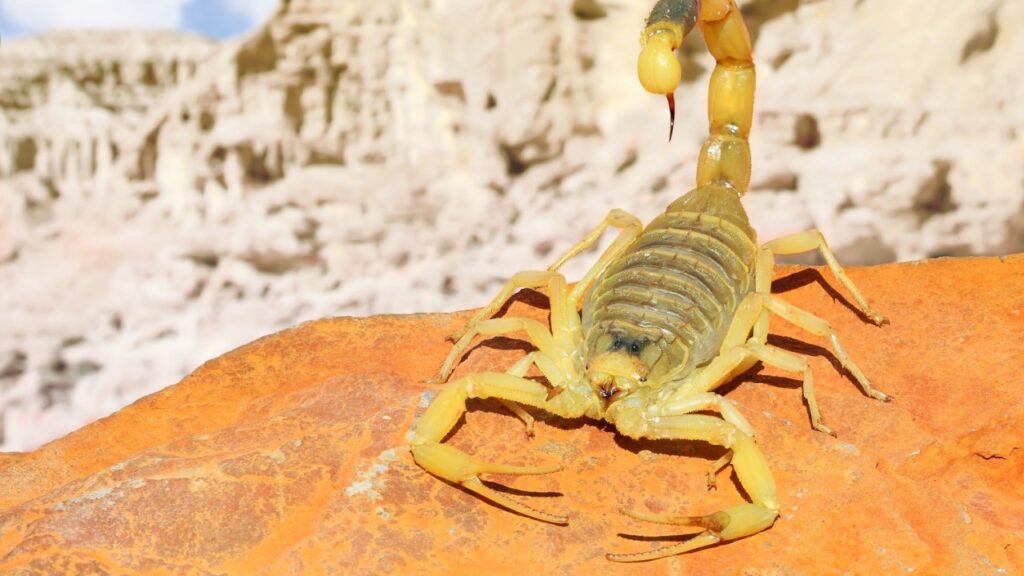
Despite its fearsome reputation, a sting from a deathstalker scorpion isn’t always fatal. Healthy adults usually recover from the sting with proper medical treatment. However, children, elderly individuals, and those with compromised immune systems are at higher risk of severe complications. The availability of antivenom has significantly reduced fatalities from deathstalker stings in recent years.
Habitat and Range

Deathstalker scorpions are found in dry and arid regions of North Africa and the Middle East. They prefer sandy or rocky terrain and are often found hiding under rocks or in small burrows. Their range includes countries like Egypt, Israel, Jordan, and parts of the Arabian Peninsula. This habitat overlaps with human settlements, increasing the chances of encounters.
Nocturnal Hunters

These scorpions are primarily nocturnal, coming out at night to hunt for prey. During the day, they hide in cool, dark places to escape the intense desert heat. Their nighttime activity means they’re more likely to encounter humans who are moving around in the dark, potentially leading to accidental stings.
Fluorescent Glow
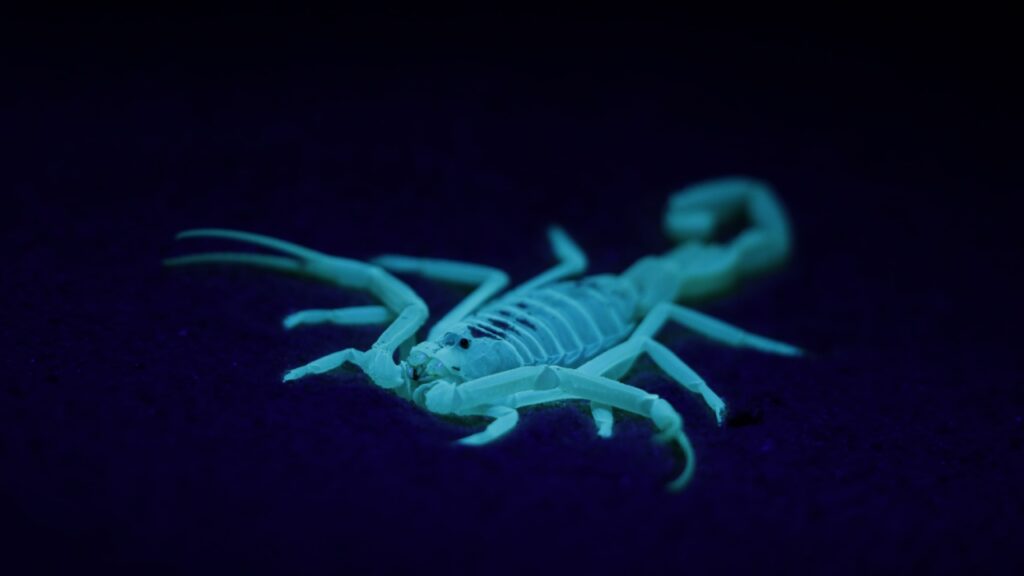
Like many scorpions, deathstalkers glow under ultraviolet light. This fluorescence is caused by chemicals in their exoskeleton. While scientists aren’t entirely sure why scorpions have this ability, it may help them detect and avoid light, which could expose them to predators. This unique feature also makes them easier for researchers to find and study at night.
Medical Potential
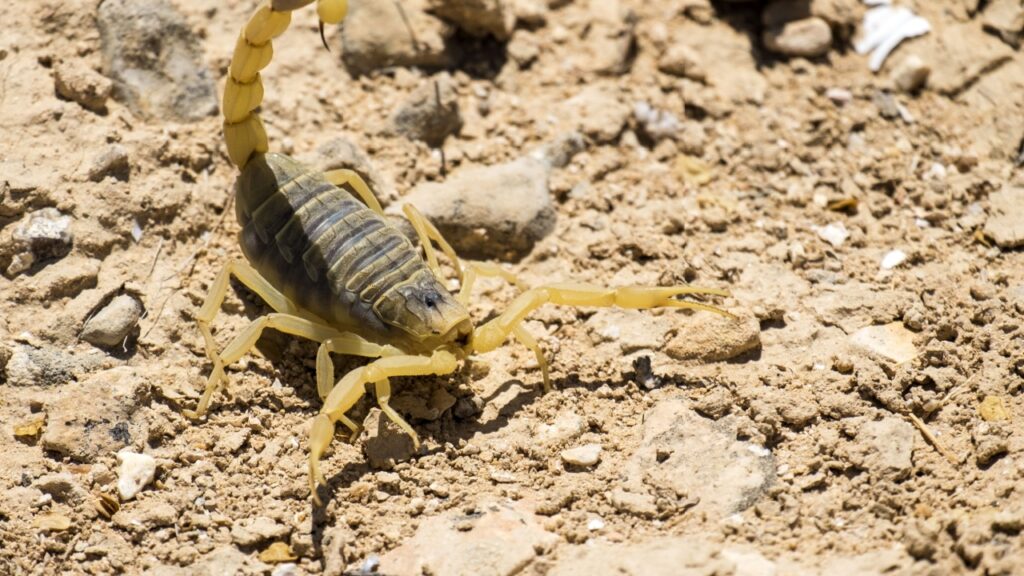
Ironically, the same venom that makes the deathstalker so dangerous also holds promise for medical treatments. Researchers are studying components of the venom for potential use in cancer treatments and pain management. One protein found in the venom, chlorotoxin, is being investigated for its ability to bind to certain cancer cells, potentially aiding in tumor detection and treatment.
Defensive Weapon
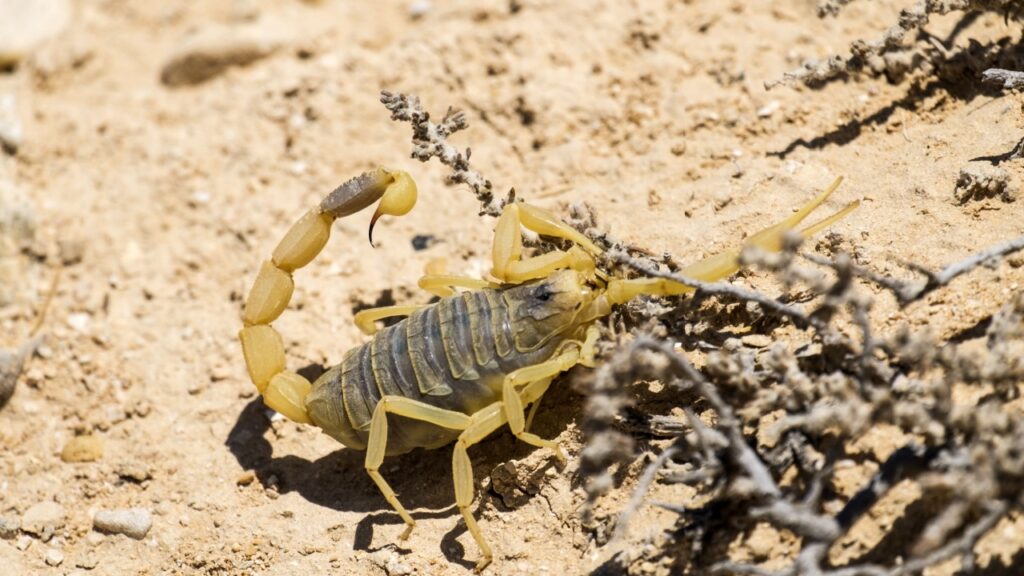
The deathstalker’s sting is primarily a defensive mechanism. These scorpions use their potent venom to protect themselves from predators rather than to hunt prey. When threatened, they’ll often try to escape first, only using their sting as a last resort. This behavior highlights the importance of giving these creatures space and respect in their natural habitat.
Rapid Action
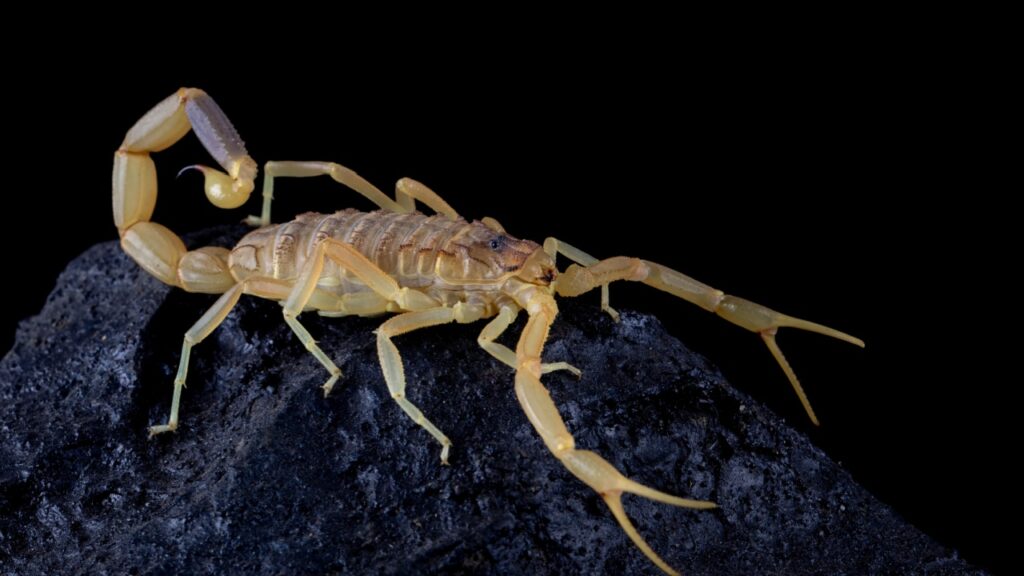
The effects of a deathstalker sting can be felt almost immediately. Within minutes of being stung, victims may experience intense pain, muscle twitching, and difficulty breathing. The rapid onset of symptoms makes quick medical attention crucial. In severe cases, the venom can cause serious clinical complications or death, emphasizing the importance of prompt treatment.
Antivenom Availability
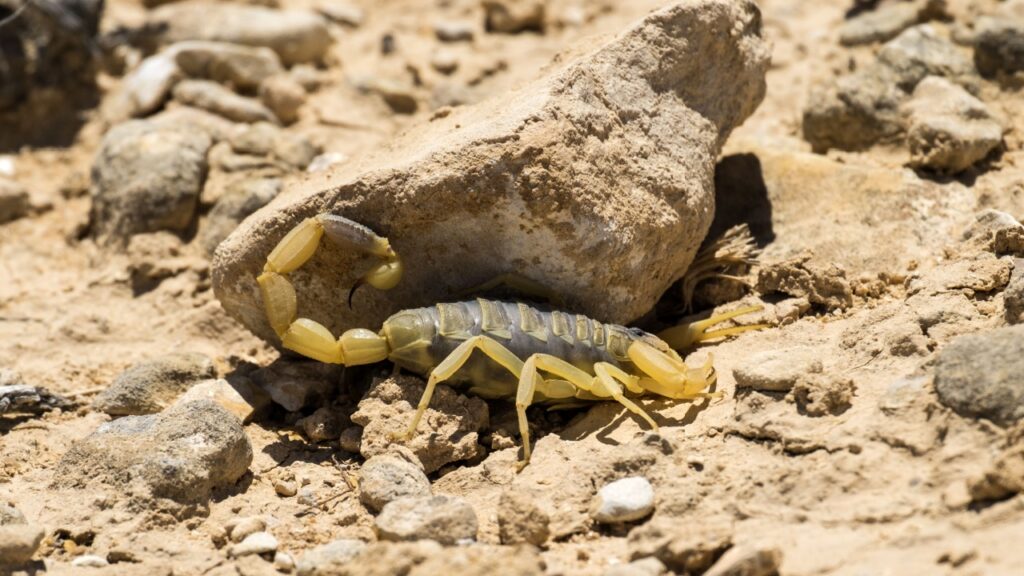
Antivenom is the primary treatment for severe deathstalker stings. However, it’s not always readily available in all areas where these scorpions are found. The antivenom is produced by injecting small amounts of venom into horses or sheep and then extracting the antibodies produced by their immune systems. The limited availability and high cost of antivenom can make treatment challenging in some regions.
Climate Change Impact
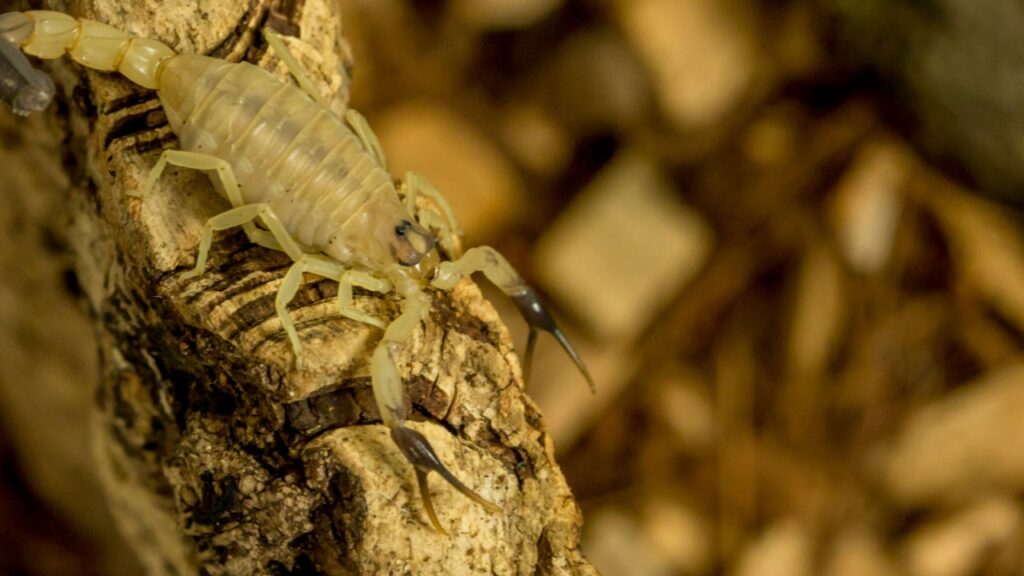
Climate change may be affecting the distribution of deathstalker scorpions. As temperatures rise and habitats shift, these scorpions may expand their range into new areas. This could potentially bring them into contact with human populations that aren’t accustomed to dealing with such dangerous arachnids, increasing the risk of stings and complications.
Cultural Significance
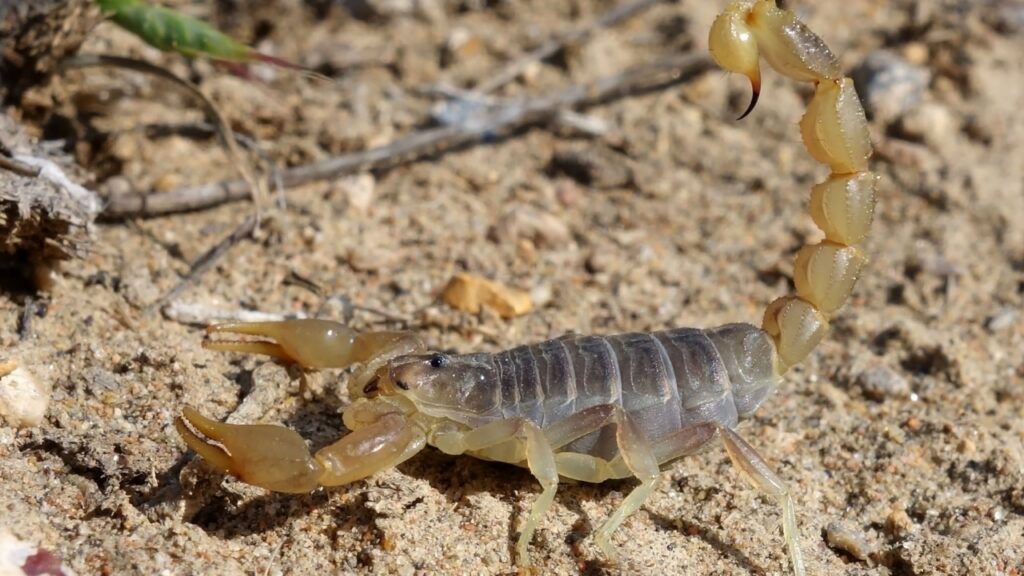
In some cultures, the deathstalker scorpion holds significant symbolic meaning. Its deadly nature and ability to survive in harsh environments have made it a symbol of power and resilience. In ancient Egyptian mythology, scorpions were associated with protection and were even worshipped in the form of the goddess Serket. Today, the deathstalker continues to capture human imagination, appearing in various forms of media and popular culture.
Becky is a fervent wildlife enthusiast and pet care expert with a diploma in canine nutrition. Her love for animals stretches beyond the domestic, embracing the wild tapestry of global fauna. With over a decade of experience in animal welfare, Becky lends her expertise to OutlandishOwl through insightful articles, captivating wildlife information, and invaluable guidance on pet nutrition. Her work embodies a deep commitment to understanding the intricate lives of animals and a passion for educating others on sustaining natural habitats. Becky's hands-on conservation efforts and her knack for translating complex dietary science into practical pet feeding tips make her an indispensable voice for creatures great and small.

